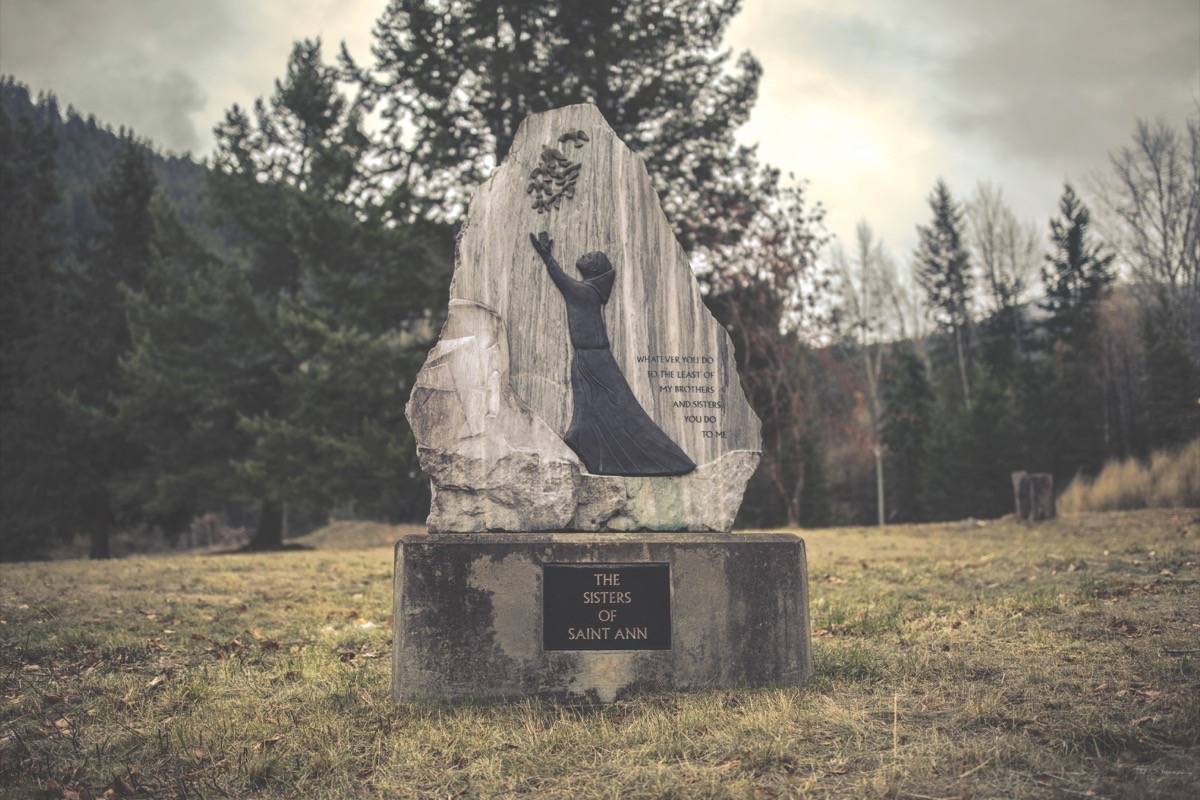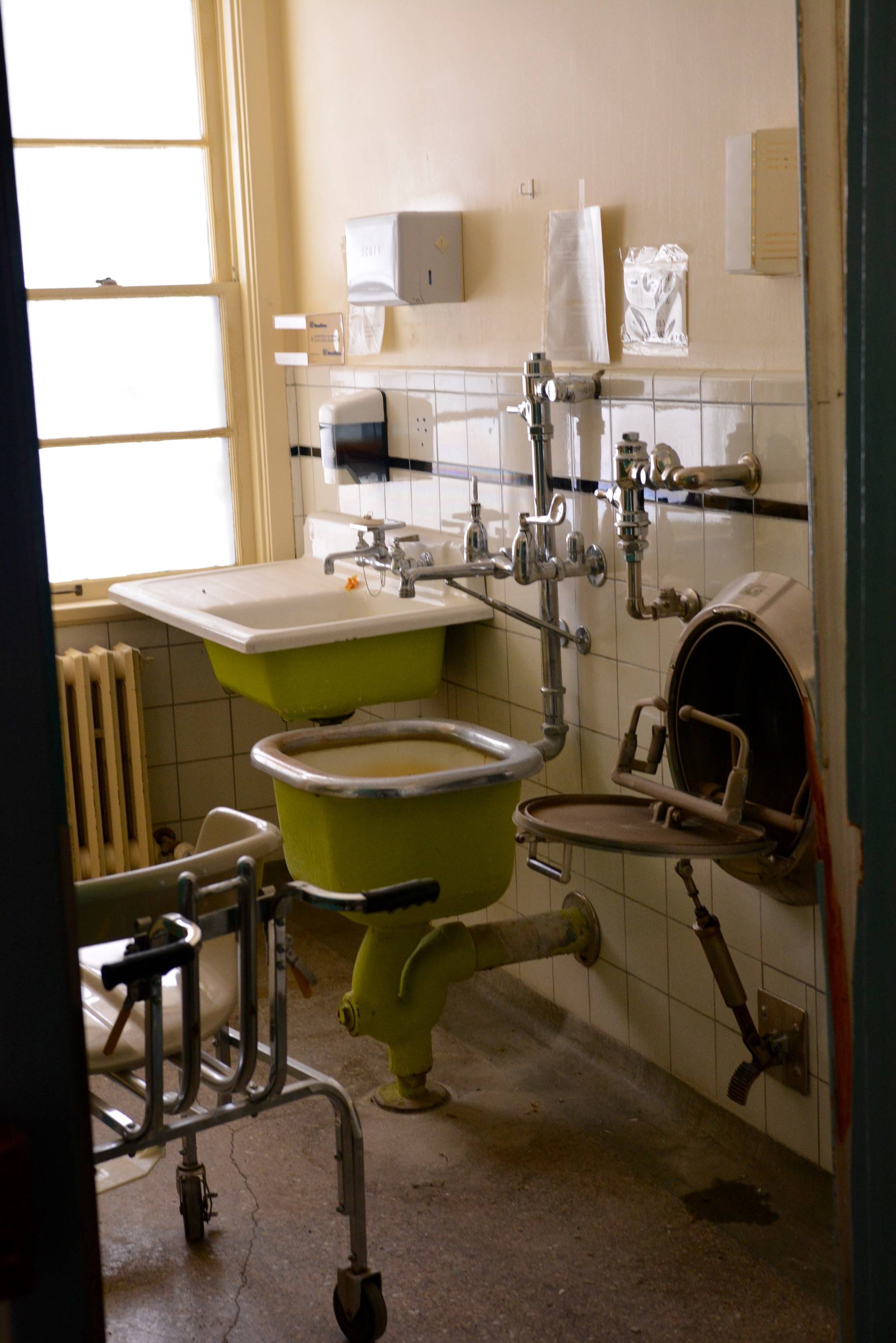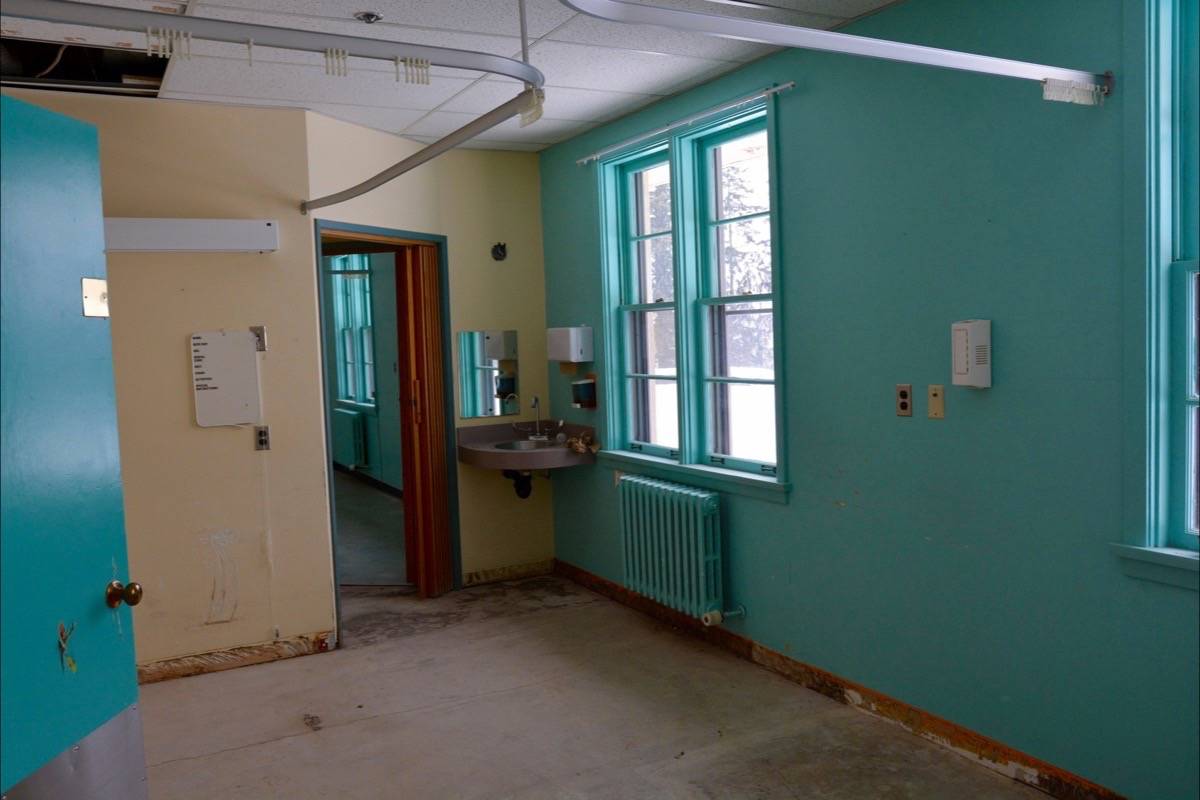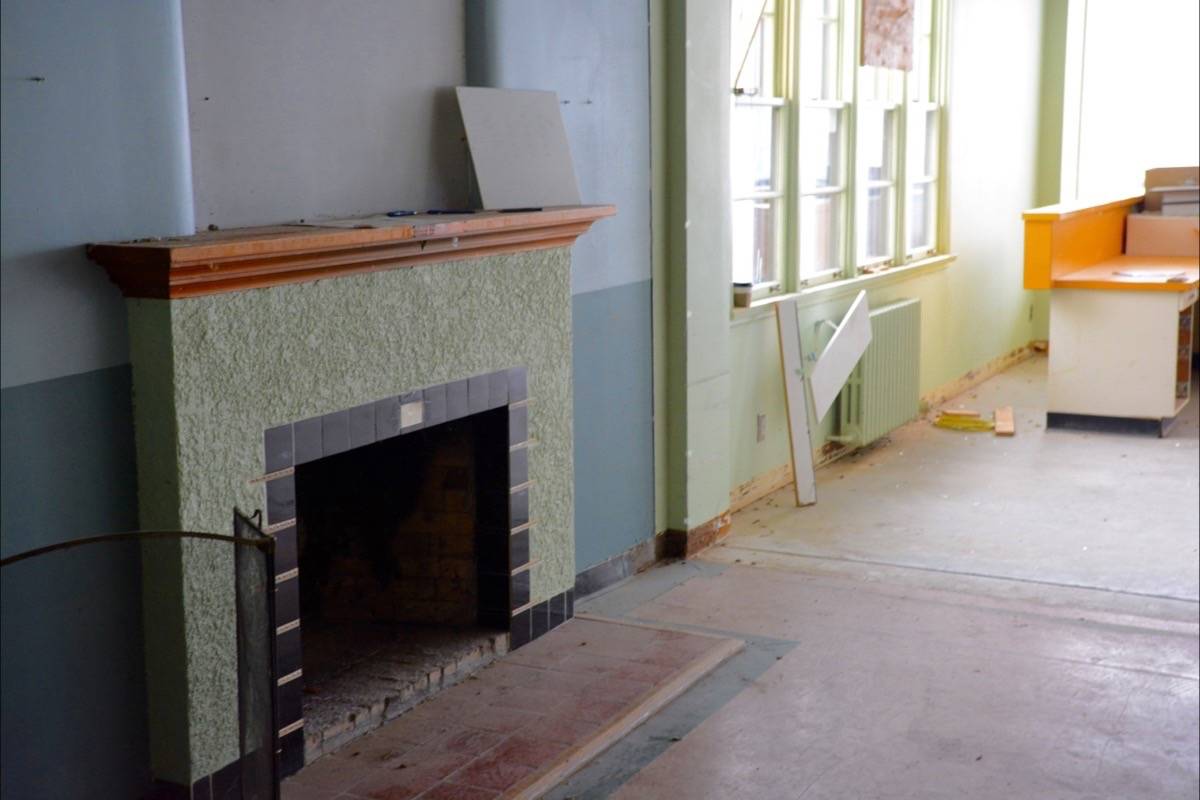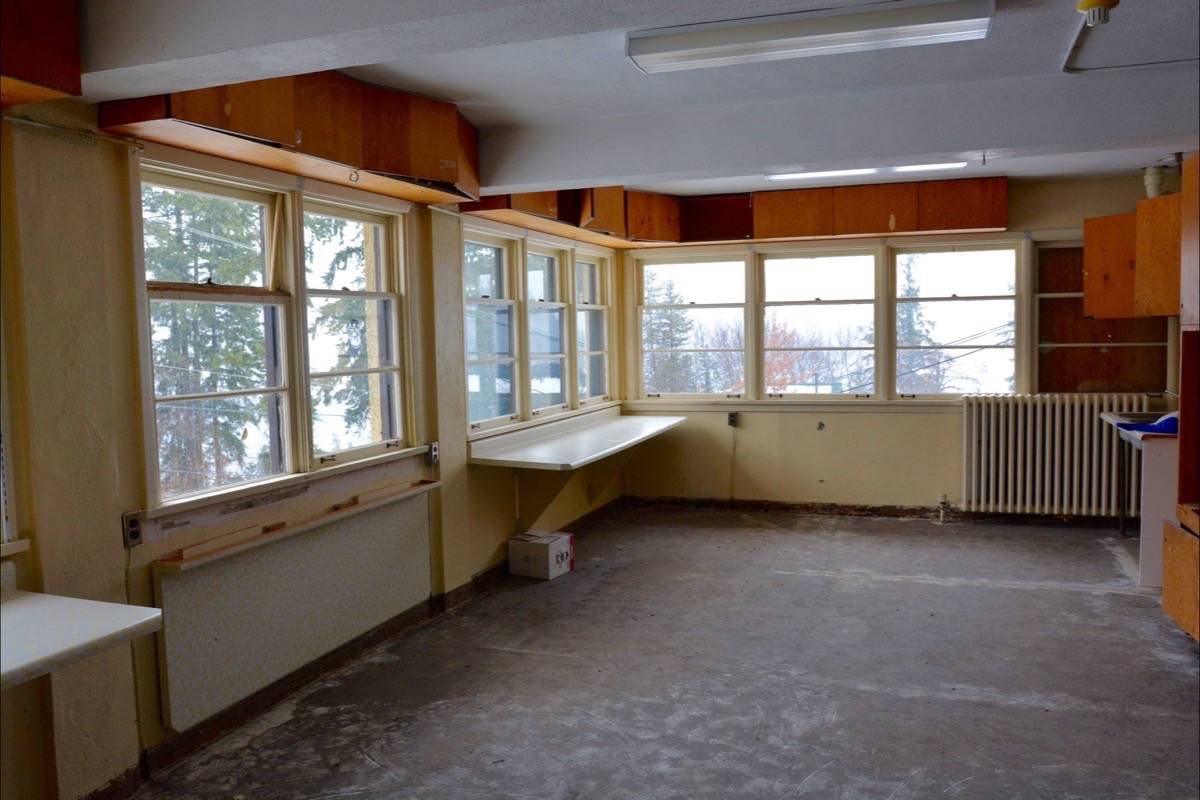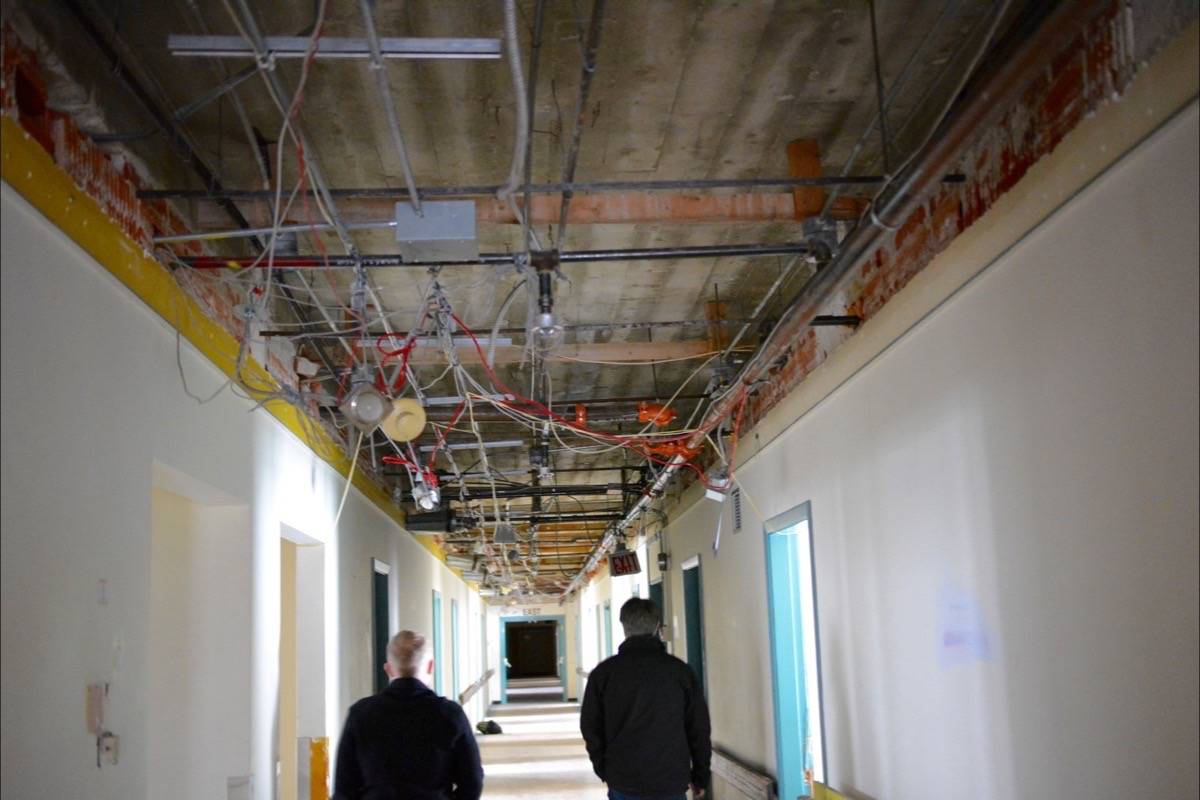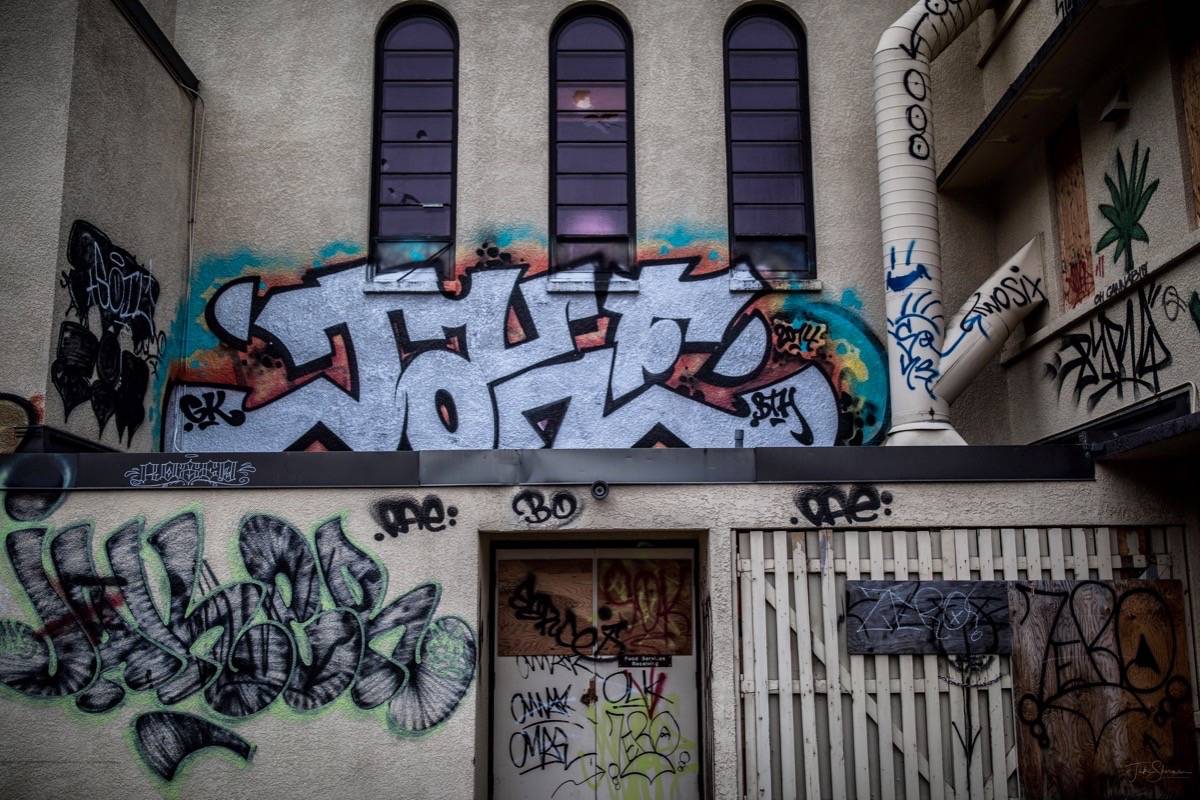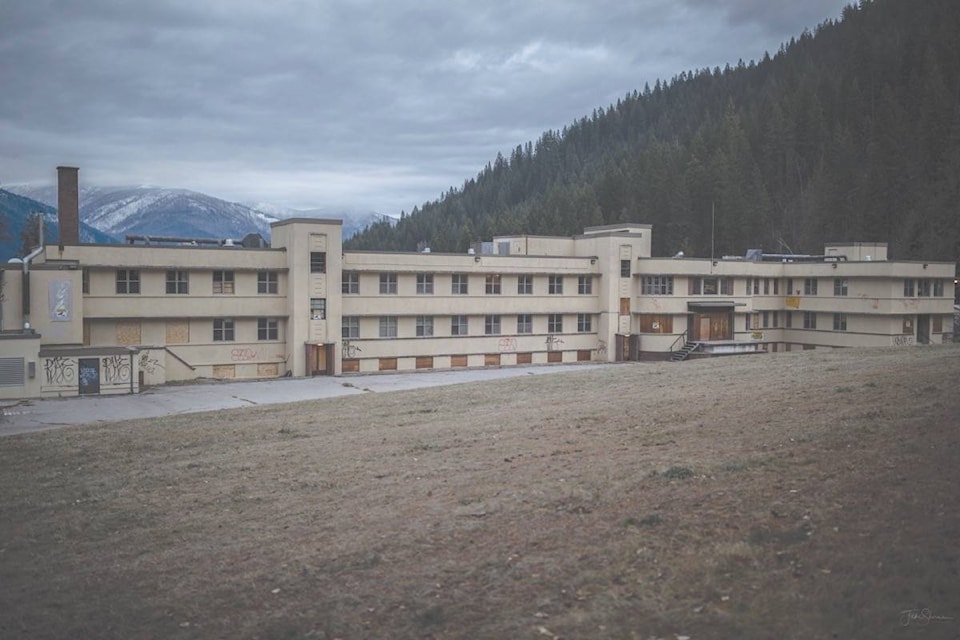When Bette Craig worked at Mount St. Francis extended care hospital, one of her former high school classmates, a bed-ridden patient with advanced multiple sclerosis, wanted to attend their high school reunion to be held nearby at Mary Hall at Notre Dame University (now Selkirk College’s Tenth St. Campus), only a few steep blocks away.
“We all decided we should take her up there, in her bed, wheel it up there,” says Craig. “The administrator said, ‘Bette, I cannot possibly agree to this because of liability, but there is a bed downstairs that we are going to get rid of, and it would not matter if it disappeared for a while.’ Then she walked away.”
Craig and other staff members attached the bed to the bumper of a car and slowly, at a walking pace, rolled it up the hill. The patient happily attended the reunion in her bed.
“On the way back we walked it down, very slowly,” Craig says. “The administrator said, ‘I know nothing about this.’ That’s the kind of place it was. We had a lot of fun. It breaks my heart to see that building sitting empty.”
Craig started at Mount St. Francis in 1978 and worked there as a nurse for 25 years. The hospital was then owned and run by the Sisters of St. Ann. A portfolio of photos of the building, inside and out, can be found at the end of this story.
“What a waste!”
When the subjects of health care or affordable housing or student housing come up, people in Nelson often ask why can’t we use Mount St. Francis for that? Why has that building been sitting there empty for so long? What a waste!
That’s what 88-year-old Nelson resident Teresa Russo thinks.
She worked there for 35 years, starting in 1954 at age 24 having just arrived from Italy with two kids, hardly able to speak English. Her husband suffered a workplace injury in Nelson so she needed to work. The hospital hired her as a cleaner and then she trained as a Licensed Practical Nurse.
“I loved looking after old people. They were nice people, the place was like home, the nuns were so good. Even now I love old people. I want to help them, but I have no strength to help any more.”
Mount St. Francis was built in the 1940s. The Sisters of St. Ann sold it to the now-defunct Nelson and Area Health Council in 1996. They turned it over to the Interior Health Authority (IHA), which in turn shut it down in 2005. It’s been empty ever since.
In the meantime, Mountain Lakes Seniors Community, run by a private company, was built on the same site, adjacent to Mount St. Francis.
Russo is upset that the place is vacant and becomes emotional looking at recent photos of the empty interior, gone quite shabby due to years of disuse.
Shown a picture of a washing area, she says, “We would sterilize the bedpans there. And we washed things that could not go in the sterilizer. That was our chair, the wheelchair, we took them to the bath and shower with it. Yes, that is the bathtub…”
Then her voice shifts from sad to indignant: “They need new windows and new paint. Tell them they need to fix it up.”
Building codes and hazardous materials
That bathtub and other equipment is antiquated now and would all have to be replaced. In fact almost everything would, according to Steve McEwan of the IHA.
He gave the Star a long list of codes and standards that would require upgrades, including electrical, fire, elevator, gas, emergency power supply, air conditioning, ventilation, medical gas piping, licensing, accreditation, security, sterilization, infection control, access and structural loading, plus a number of other specialized requirements related to health-care facilities.
That’s if it were to be used as a hospital again. The requirements would be different depending on the intended use of the building, and that’s why McEwan declined to say what a renovation might cost, although he did say that to tear the building down could cost $1 million.
“It is an older building,” he says, “so you need to look at what standards and what codes: floor loads, ceiling-to-floor height, door widths, access, it all depends.”
Then there is the hazardous materials problem: McEwan says there’s asbestos in the flooring and around the piping, and lead paint in many parts of the building.
The IHA’s Donna Lommer told the Star in an email that it has not made a decision about what to do with the building, and she had no response to questions about what options the IHA might be considering.
“The Sisters of St. Ann sold Mount St. Francis with the understanding that it be used to support the development and improvement of health care services in the area. Interior Health will respect those wishes when considering future use of the property.”
Meanwhile, the IHA keeps the heat on, a fire alarm activated, and the doors boarded up. The building is occasionally used for emergency response training, and a few years ago parts of a feature film, The Tall Man, were shot there.
Memories of the Mount
Every Tuesday a group of former Mount St. Francis employees get together for coffee at the A&W in Nelson. Together they represent dozens of working years at the hospital.
Pompea Savarin worked there for 36 years.
“It was wonderful, like a family,” she says.
She and the others all agreed that the workers and their families, the residents and the residents’ families knew each other and supported each other in a way that seems both quaint and refreshing in today’s bureaucratic world.
“You not only looked after the residents but their families,” says Dianne Hebert. “The families were part of it. I see them down at the mall years later and they are all so friendly and grateful.”
“I was walking one day,” says Savarin, “and this lady stopped me and gave me a big hug and I said, ‘Sorry, I don’t know who you are.’ She said, ‘You looked after my grandma.’ After so many years the family still remembers us.”
Dollar values and historic values
Author Peter Bartl says Mount St. Francis is well known in architectural circles as an early modernist building of a kind often overlooked in Nelson because of the city’s preoccupation with Victorian style houses.
In his book The Modern Heritage of Nelson Architecture, Bartl writes that the building is “without a doubt Nelson’s most significant modernist building. Its massing, the interplay between horizontal lines and the vertical staircases, and the curved corners of the entrance give it a presence that speaks to the talents of its architects.”
Bartl thinks the building would make a good student residence, “since it is just around the corner (from Selkirk College) and it was built as a residence.”
The building’s heritage value is also not lost on Stephanie Fischer, who has done many high profile jobs in Nelson but who is an architect by training. As a consultant she got Mount St. Francis added to Nelson’s Heritage Register.
“I have spoken to many people about this building over the years but so far nobody has shown any great interest,” she says. “It’s a wonderful modern building and it would be very sad to lose it.”
She cites the demolition of the CPR Diesel Shop in 2010 as an example of what she considers a short-sighted approach to heritage buildings. And she lauds the reconstruction of the CPR station.
“Everybody said it’s crazy to do that, let’s tear it down and build new, that would be cheaper, which is true, but then you have to weigh the cheapness with the environmental impact of tearing something down, or keeping a piece of our history intact. There are different values: there are dollar values and then there are historic values.
“It is hard to get that through to people. They say oh there is asbestos and oh there is a leaking roof, and yes of course, it is an old building, it is like every other old building. You can remediate it, you can take it apart, you can re-arrange it.”
Dancing with the patients
“We gathered all the patients in the lounge and had entertainment,” says Skip Troyan over coffee with the A&W group, “and we would get up and dance with the patients. And we also had a memorial service for everyone who passed away, in the chapel, and if there was a funeral for a resident, a couple of people would go to that resident’s funeral. We had a van, took them on outings, on a boat one time on the lake, or we would go to Balfour for ice cream.”
“Sometimes my son slept on a bed in the hospital when I worked the night shift,” says Val Smith. “They needed help and they said, well, bring your kid, he can sleep here.”
“Once a month we had a pancake breakfast,” says Edith Penner, “not just for residents but their families and staff: pancakes, eggs, ham, strawberries, whipped cream. That’s the kind of place it was.”
